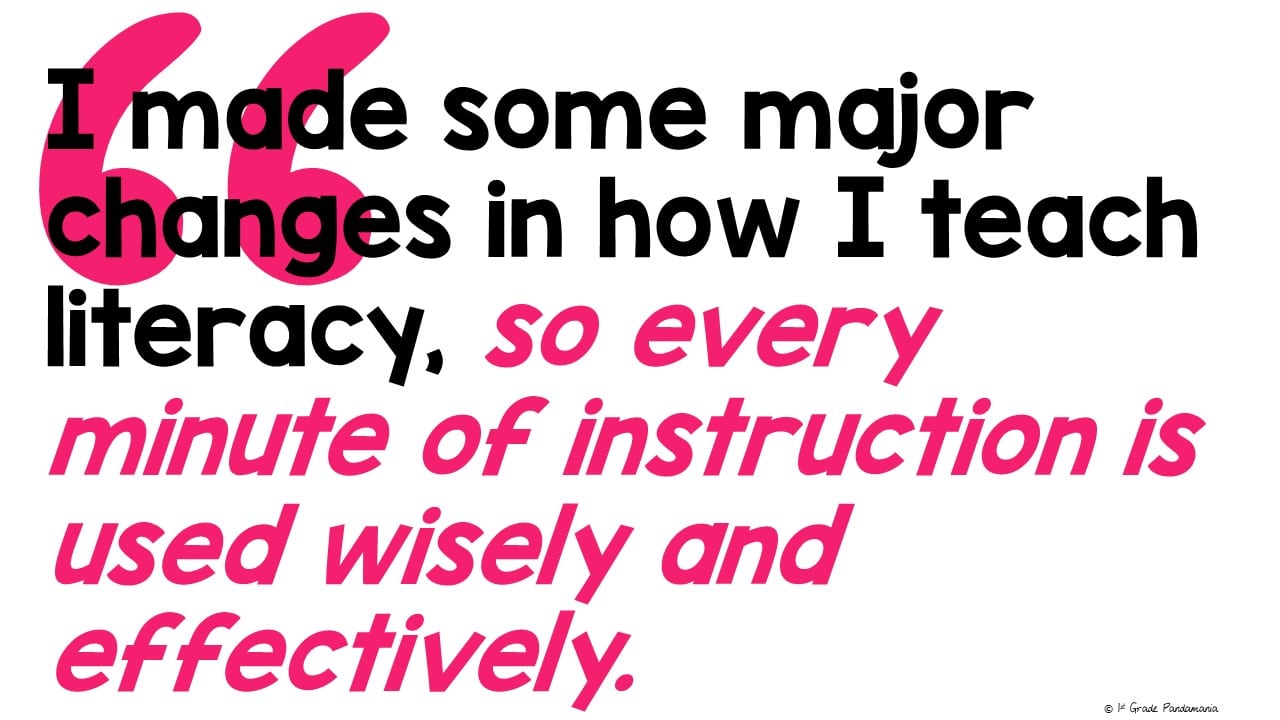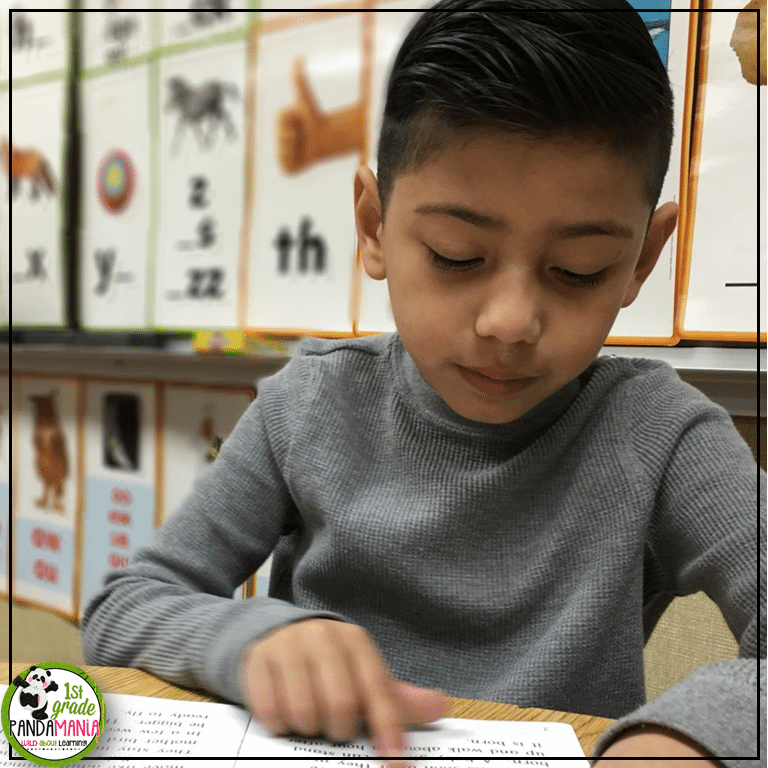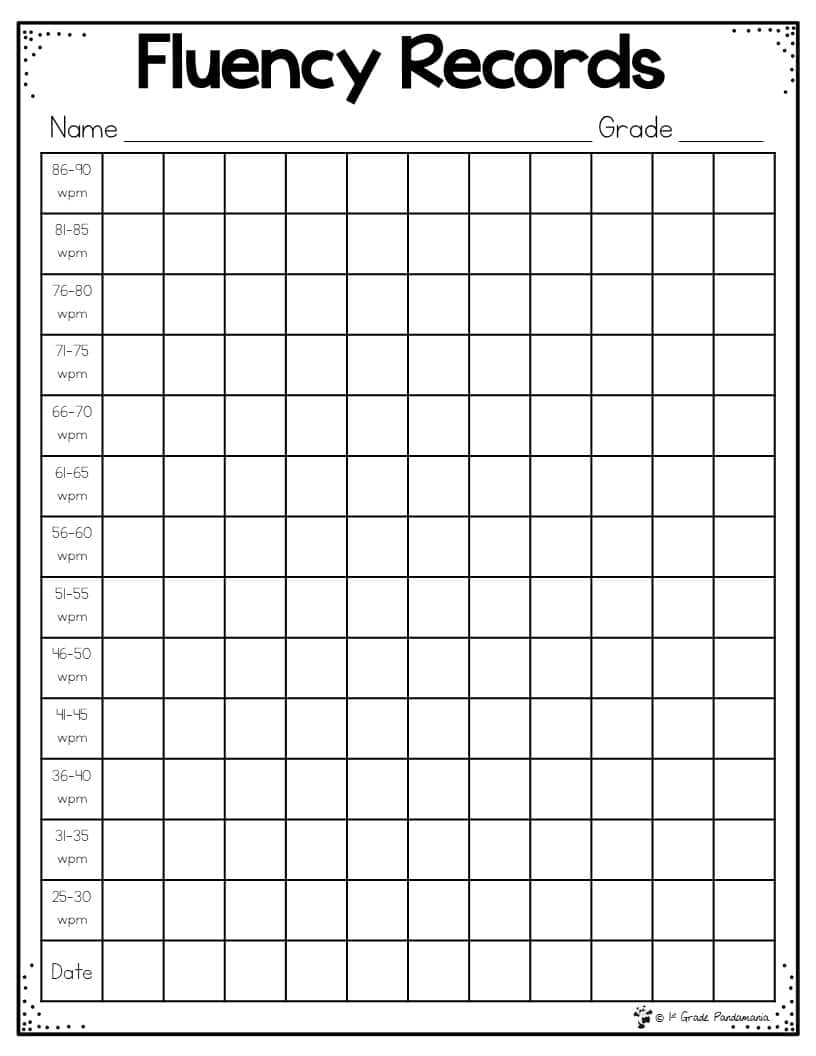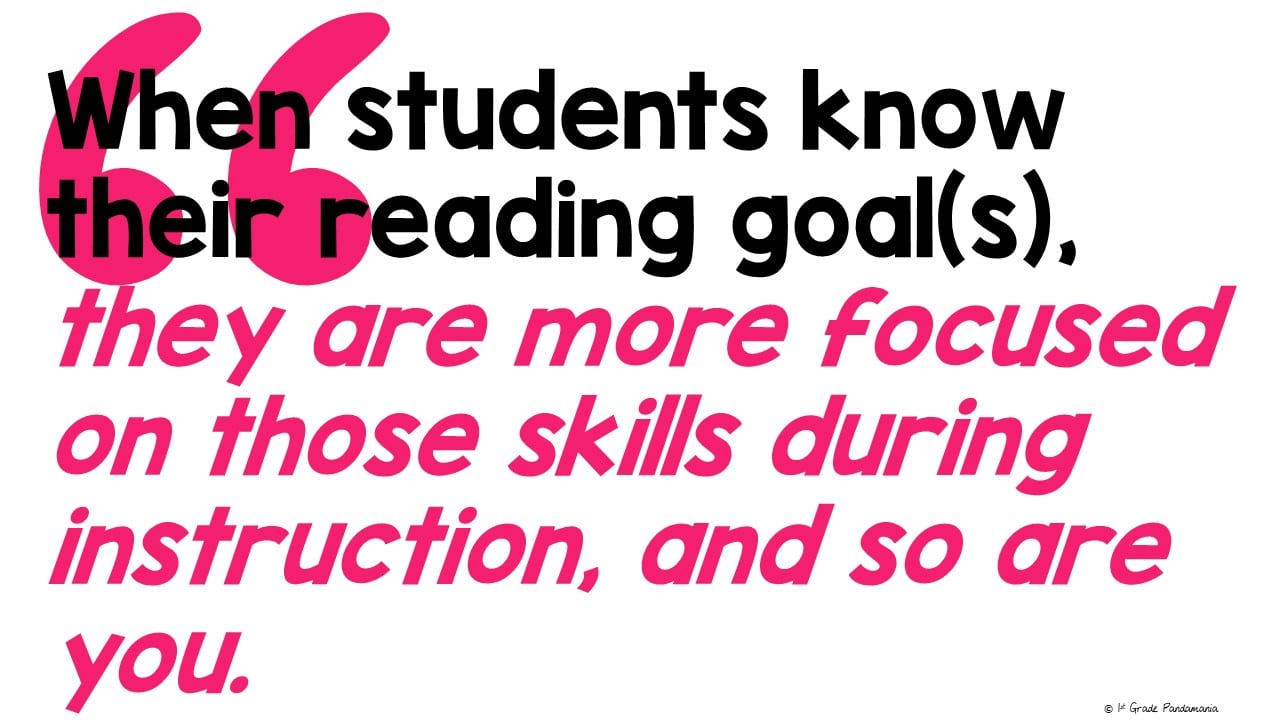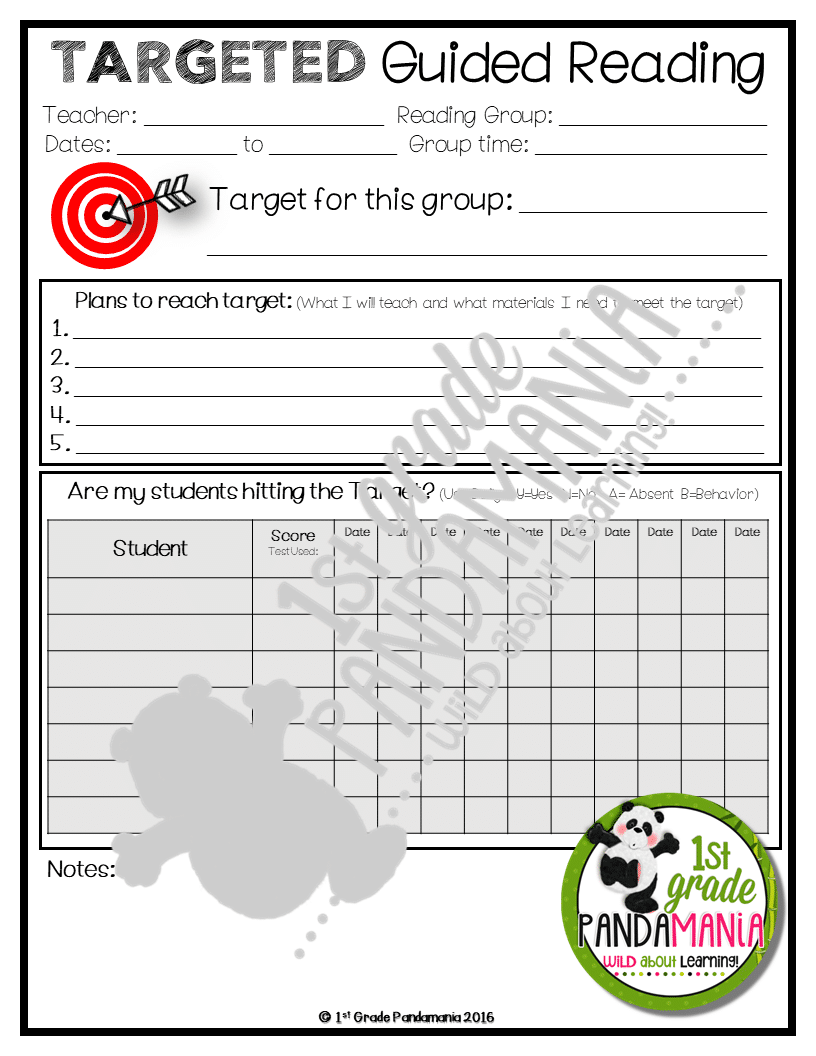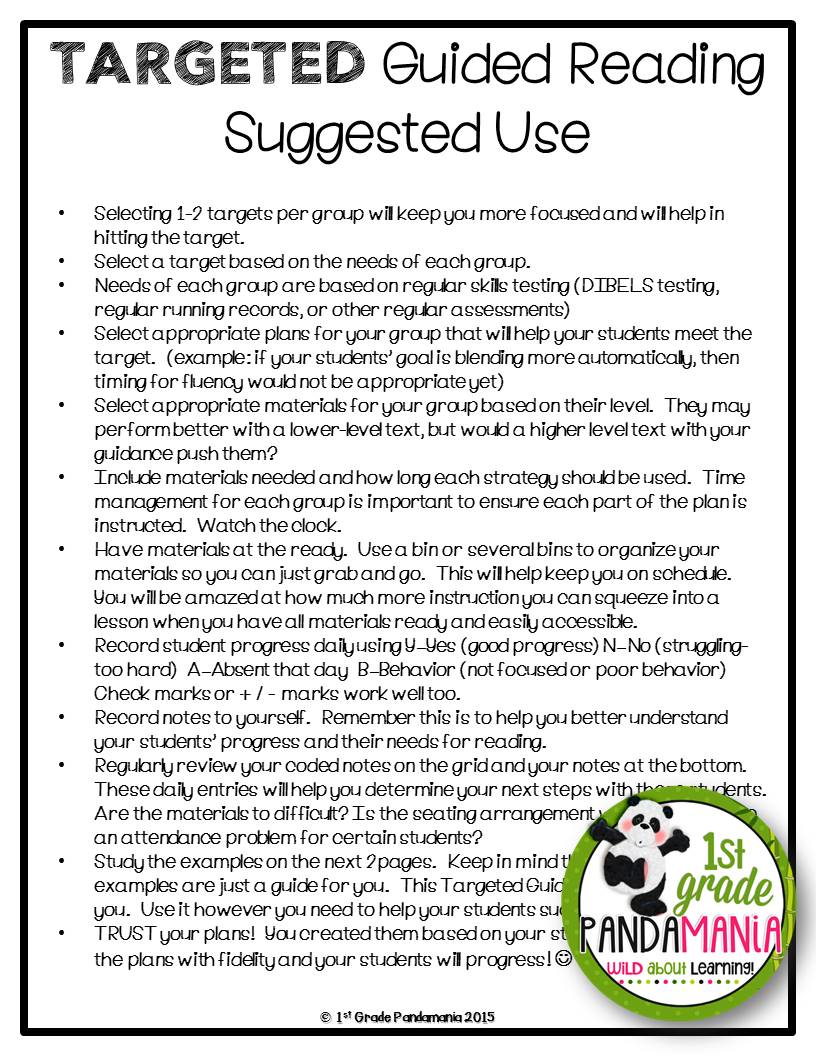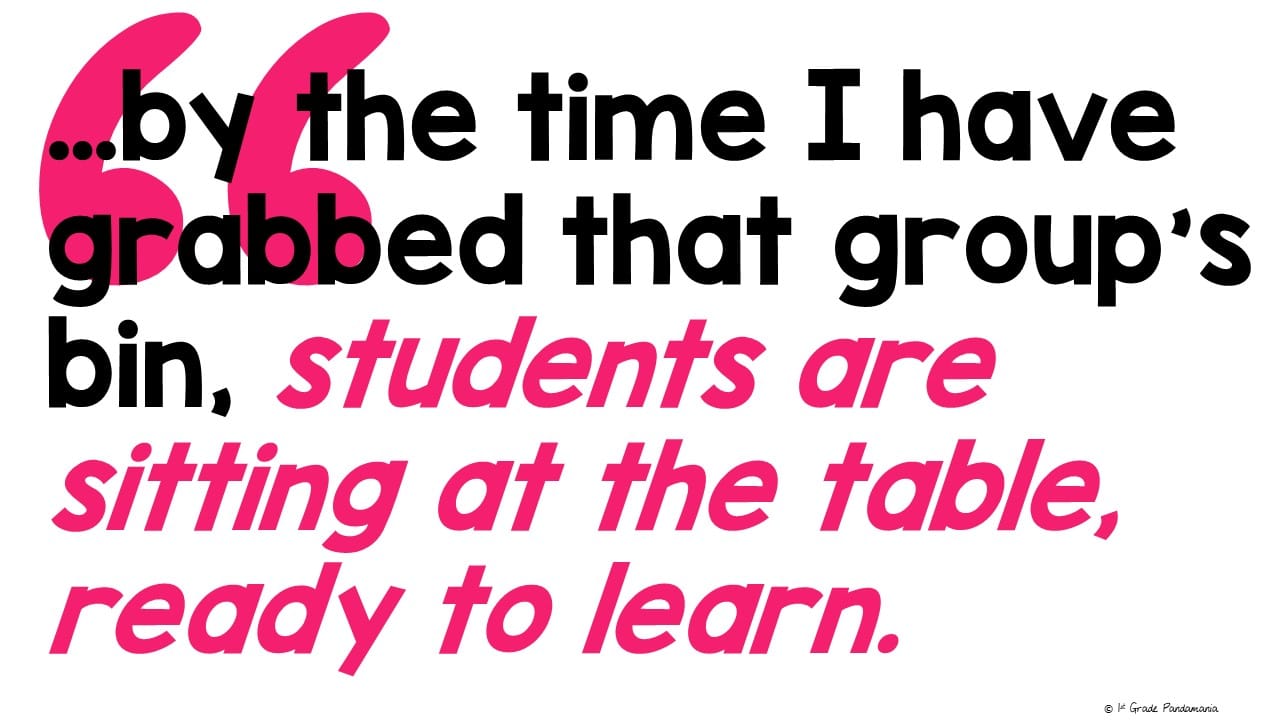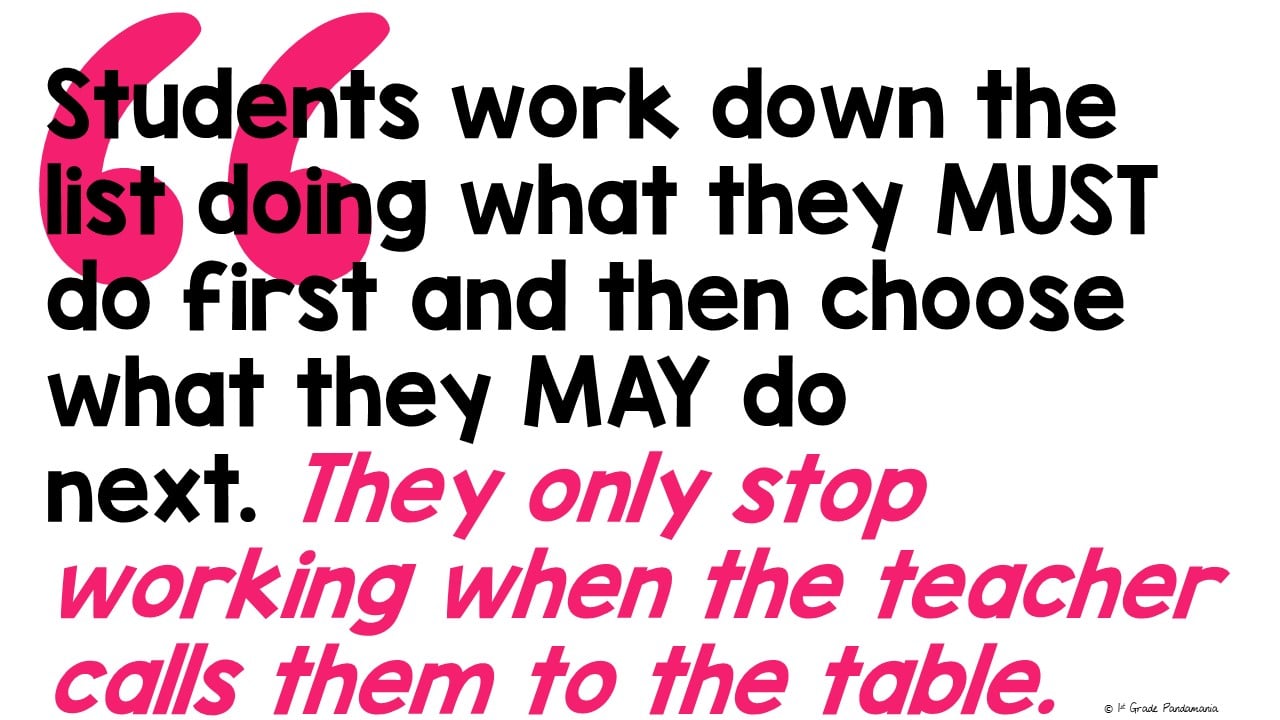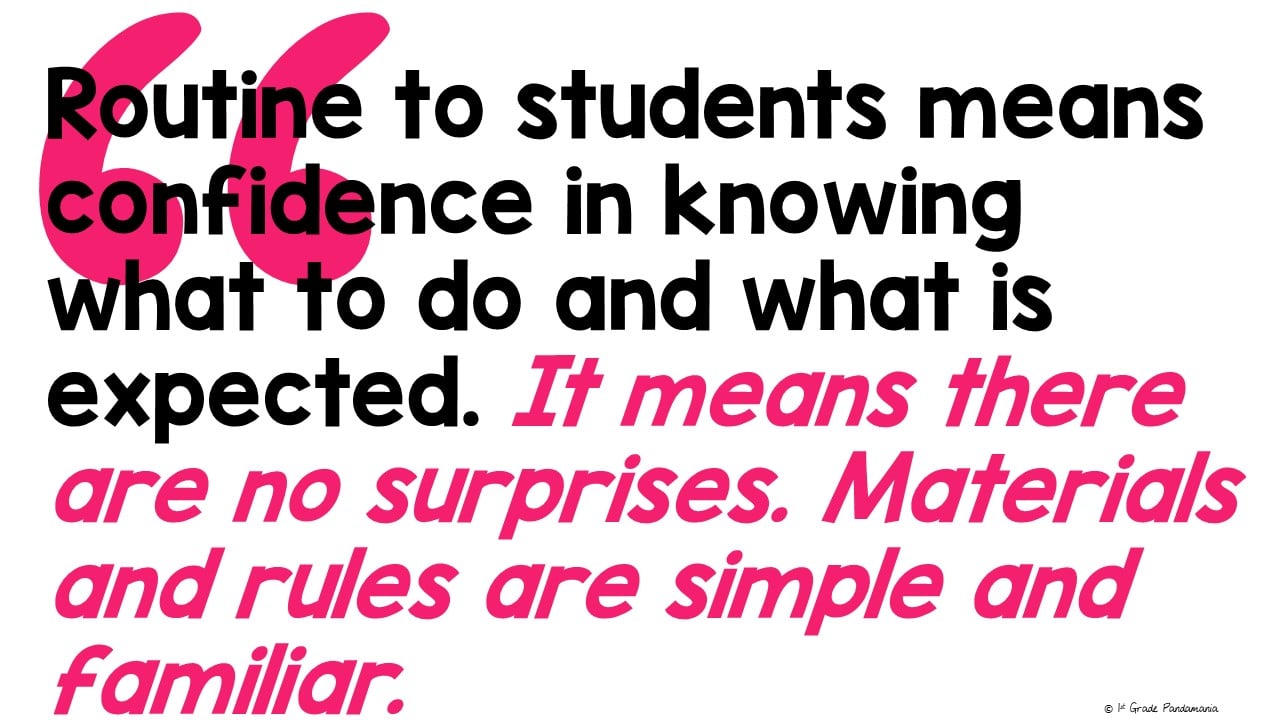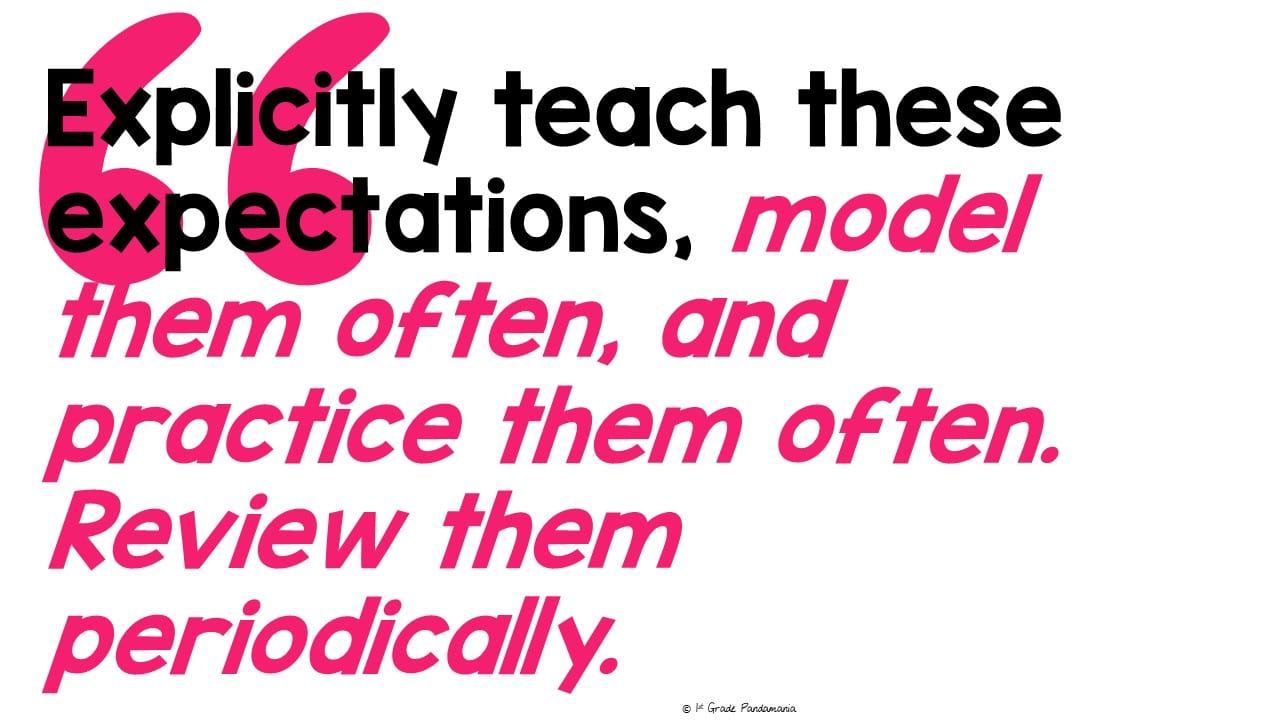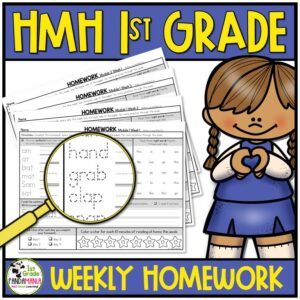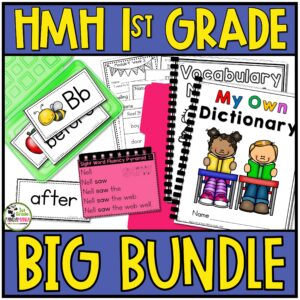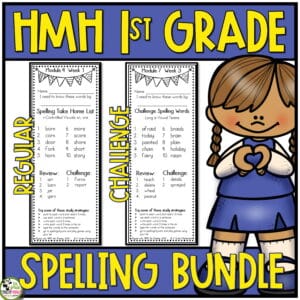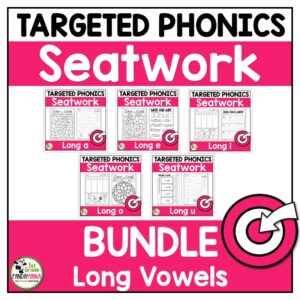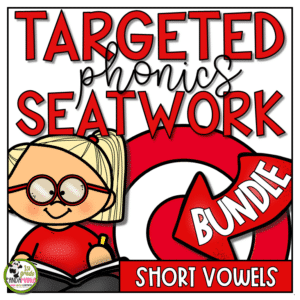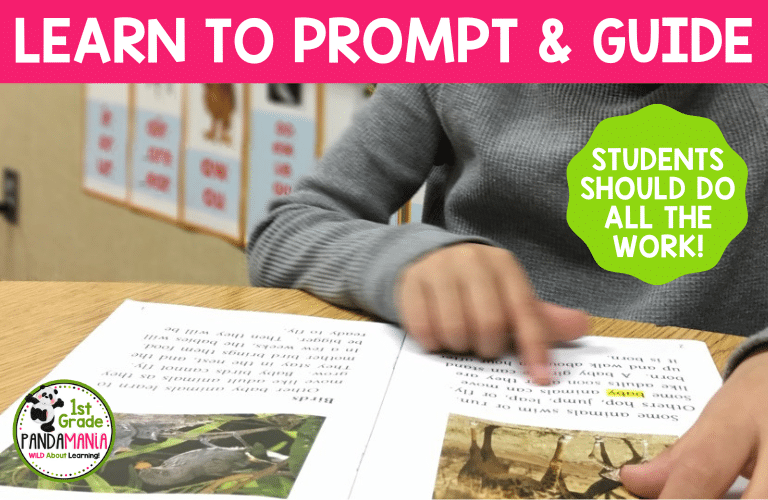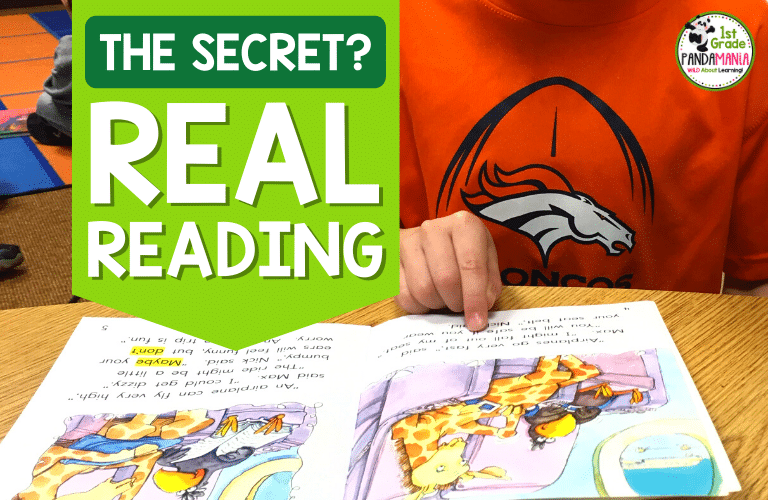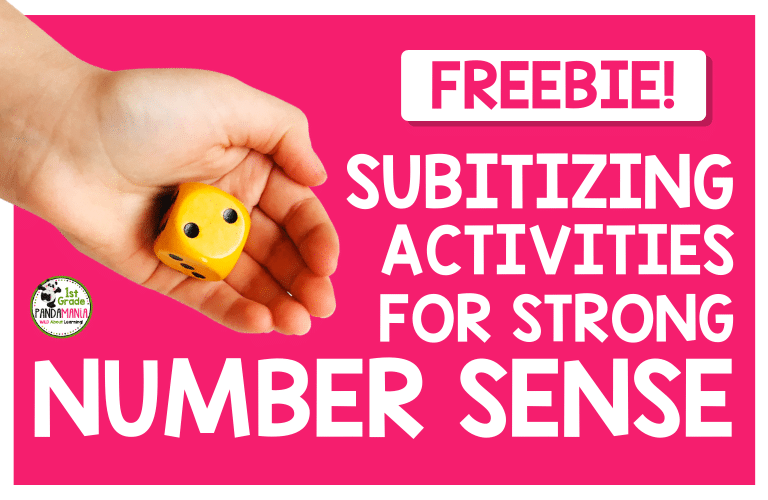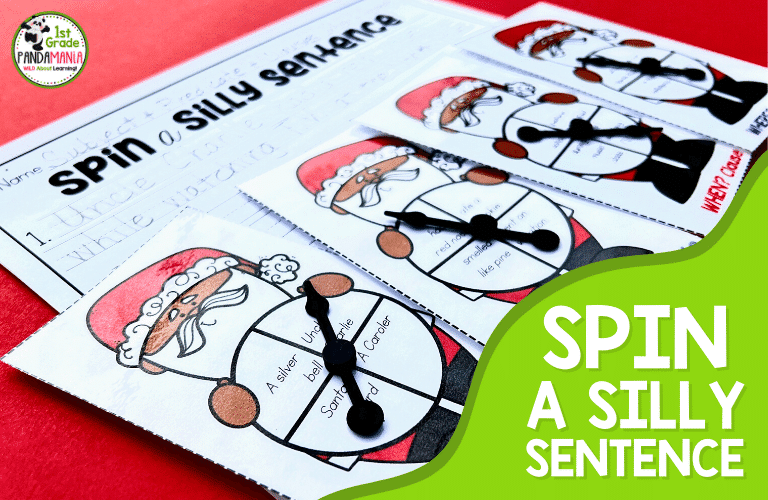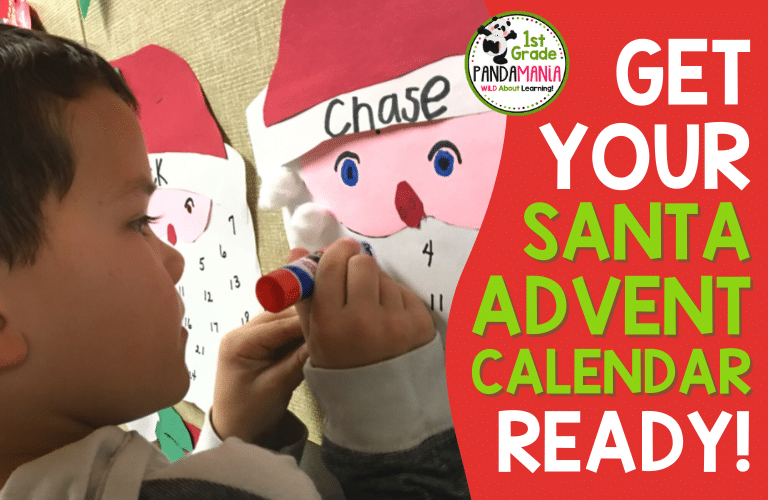7 BIG Changes to Make When Teaching Literacy
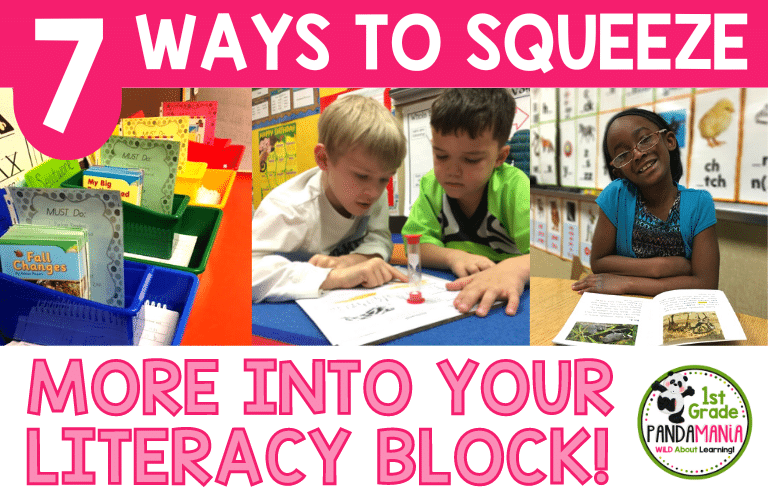
As a reading teacher, literacy training was HUGE for my reading instruction. Read about the 7 changes I made when teaching literacy and how I became the most effective reading teacher for my 1st graders! A few years ago, reading teachers in our school district had the opportunity to learn from Jo Robinson, a phenomenal reading specialist. In her presentation, she talked about getting more out of our core reading program and using reading instruction time more efficiently and effectively. I immediately took that information and transformed the way I was teaching literacy.
This literacy training for my reading instruction was a REAL game-changer for me!
I knew I was an effective reading teacher, but I realized I could take my reading instruction to the next level, so
Here are the 7 most important changes I made to my reading instruction when teaching literacy to my 1st graders: (Some of these changes were inspired by Jo Robinson’s presentation.)

Know your student’s specific needs as a Reading Teacher
The first thing I changed when teaching literacy was knowing my students’ specific needs! Not all of your students need sight word practice. Some of them can already blend CVC words. Some are ready for fluency skills, whereas others still need intensive reading instruction with sound-by-sound blending.
We identify these specific needs by conducting periodic testing. Progress monitoring students once or twice per month on sight words, phonics, blending, fluency, and comprehension is essential to identify individual needs, track progress, set individual goals, and accurately place students into reading groups.
Doctors are expected to test and diagnose our illnesses so that a proper prescription can be given. It is hoped that a doctor would never just prescribe medicine to fit what most of their patients need. In conclusion, we as reading teachers too must test and diagnose our students’ specific reading needs while teaching literacy so that we can target reading instruction to meet individual needs…not just what the majority of the class needs.
Knowing each student’s skill set in reading will help you more efficiently use your instruction time.

Set goals with your students
After progress monitoring students individually, it is important for students to know their next set of reading goals. Students must take responsibility for their learning in order for them to achieve at a higher rate!
Using a graph to identify current progress and to set goals for the next testing date is one way to set goals with students. If using DIBELS testing, you can get K-3 Progress Monitoring Graphs HERE. I’m sure they could be adapted to use with any assessment program.
Have students color in the graph and decide what their next goal(s) should be. Have them repeat it to you and tell you how they can best reach their goal. When you test next time, show them their graph, reminding them of the goal(s) they set. Read all about how to help your students set their own goals here!
At any time, students should be able to tell you what their individual reading goal is.
therefore, you and your students will be using instruction time more wisely now!

Target and plan your reading instruction
This could be the biggest game-changer when teaching literacy for your new and improved literacy block! Now that you know your students’ needs, you are ready to place them in like groups and plan small group instruction.
I have created a Targeted Guided Reading Plan that helps reading teachers stay focused on the goal(s) for each group. With this plan, reading instruction will be targeted with what your students need most.
Read all about how to implement your new targeted guided reading plan HERE.
-
Product on saleGuided Reading Lesson Plan Template and Resources K-2 Fillable FormsOriginal price was: $30.00.$10.95Current price is: $10.95.
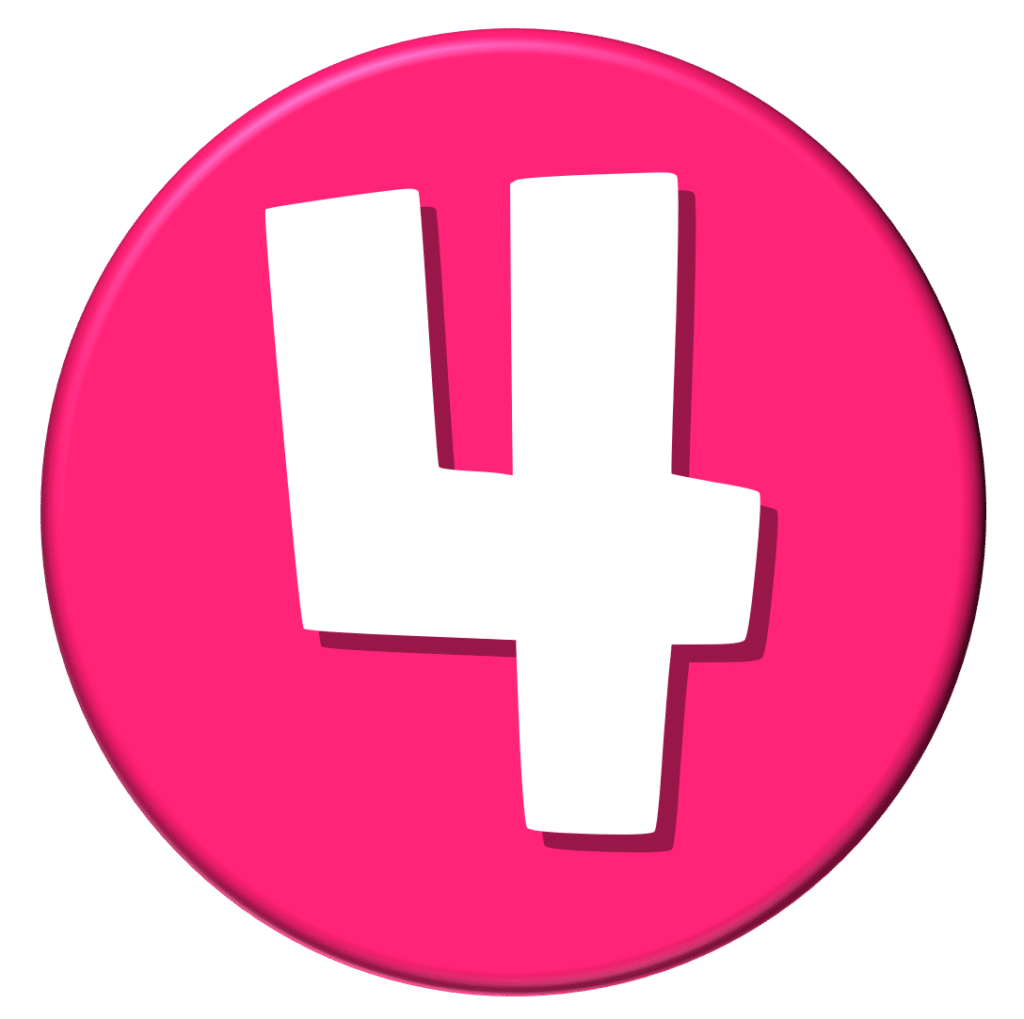
Organize your reading teacher resources
Once you have your Targeted Guided Reading Group plans in place, you can get your materials prepared and ready to pull out in seconds. I like to use labeled bins. Inside the bins, I place my Targeted Guided Reading Group Plan sheet, sight word flash cards, word family drills, leveled readers, etc. Whatever the plan has called for.
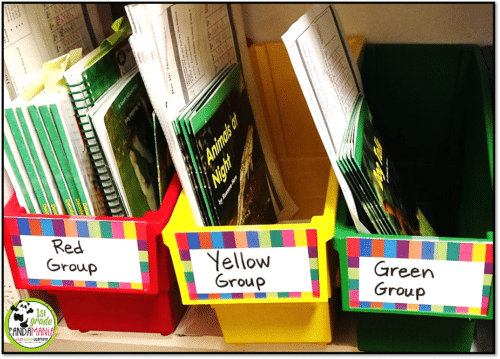
Each bin will be different according to student needs recorded on the plan. I call up my next group, and…

Don’t use rotating literacy centers
Say What?? This change to teaching literacy may shock you, but no. Seriously.
I found that as a reading teacher, I wasted too much of my reading instruction time turning wheels, moving students, cleaning up centers, redirecting students, etc. when really I should be teaching literacy during that time.
With a Must Do May Do system, students DO NOT rotate from literacy center to literacy center according to a set time. Instead, teaching literacy now looks like this; each table has a basket with a list of must Do’s (things they MUST do) and May Do’s (things they can choose from).
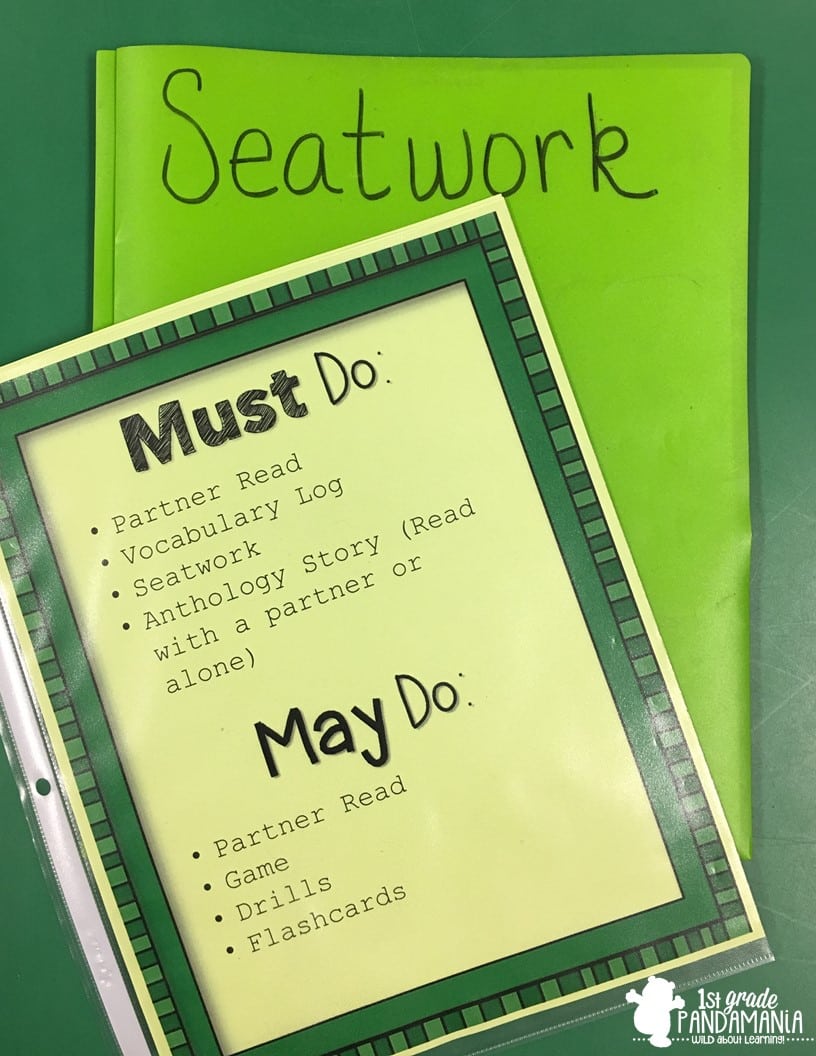
Here is an example of the green group. This is the Must Do May Do sheet that provides a list of literacy activities to work on for the MUST Do and once that is done they MAY Do those literacy activities.
Each guided reading group has a different list according to their needs, and a different set of books, a seatwork folder, games, and other resources in their baskets according to their needs.
This is the key. They finish their work. They don’t waste time as a whole cleaning up unfinished work because the reading teacher said that time was up. And it doesn’t take forever for students to get to the reading table!
Check out my blog on using Must Do May Do instead of Rotating Reading Centers HERE and grab a FREE guide down below:
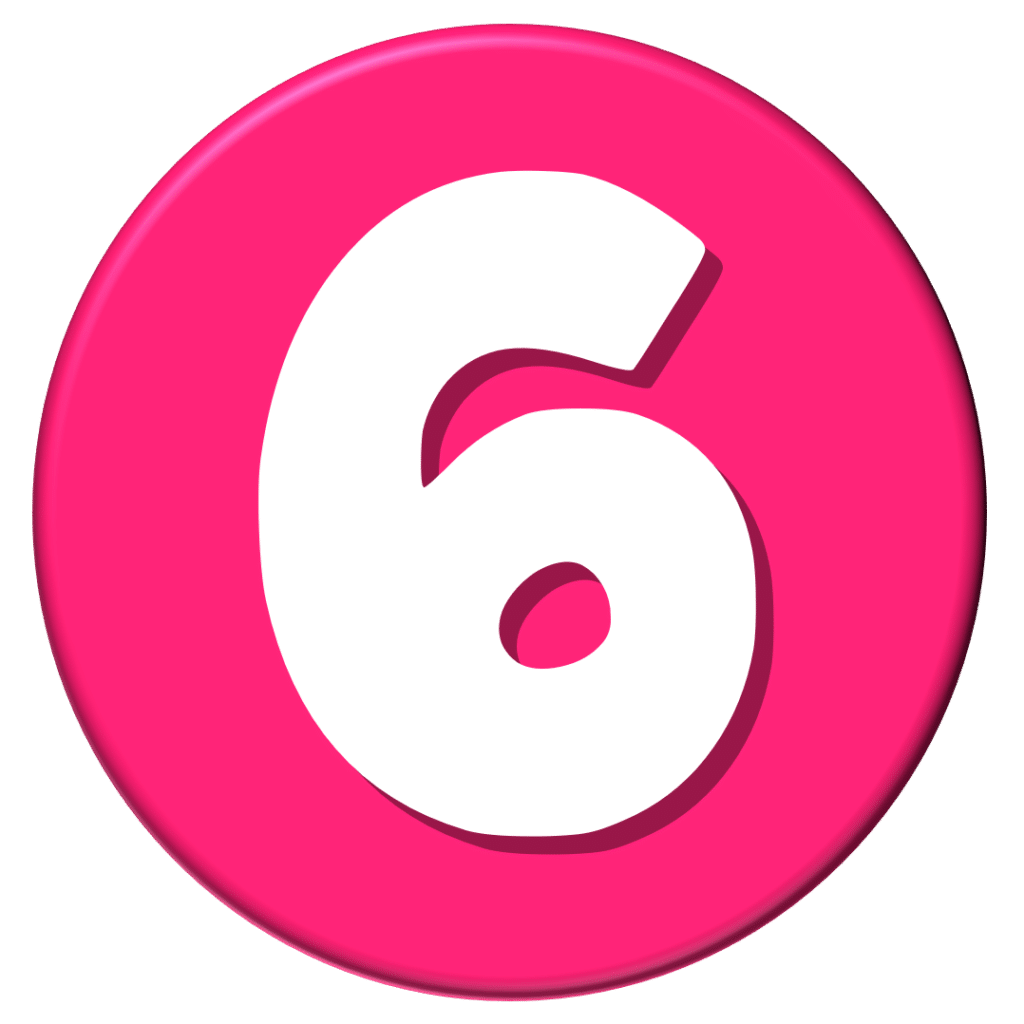
Teach Literacy with Established Routines
More is not always better. Keep it simple and keep the same routines when teaching literacy. Trust me. Whenever you throw some complicated wheel turning or moving of names on the board or some new, tricky game at students, there will be questions, interruptions, confusion, and chaos!
Keep the same partners for partner reading for a while. (It won’t kill them to have the same partner for a couple of weeks or so unless there are serious issues.) Make sure they know the routine for partner reading.
Most importantly…The routine doesn’t have to mean boring!
Routine to students means confidence in knowing what to do and what is expected. It doesn’t mean that the same books, games, and materials are provided by the reading teacher. It means that there are no surprises. Materials and rules are simple to use and familiar. A familiar game from last month may be used again later but with a different level of words.
But it’s routine, familiar, and simple to follow.
Also, keep the same schedule. Call up guided reading groups at the same time every day so students know approximately when to expect to be called up. No surprises. No problems.
Routines mean a nice flow with few interruptions and more reading instruction squeezed in when teaching literacy!
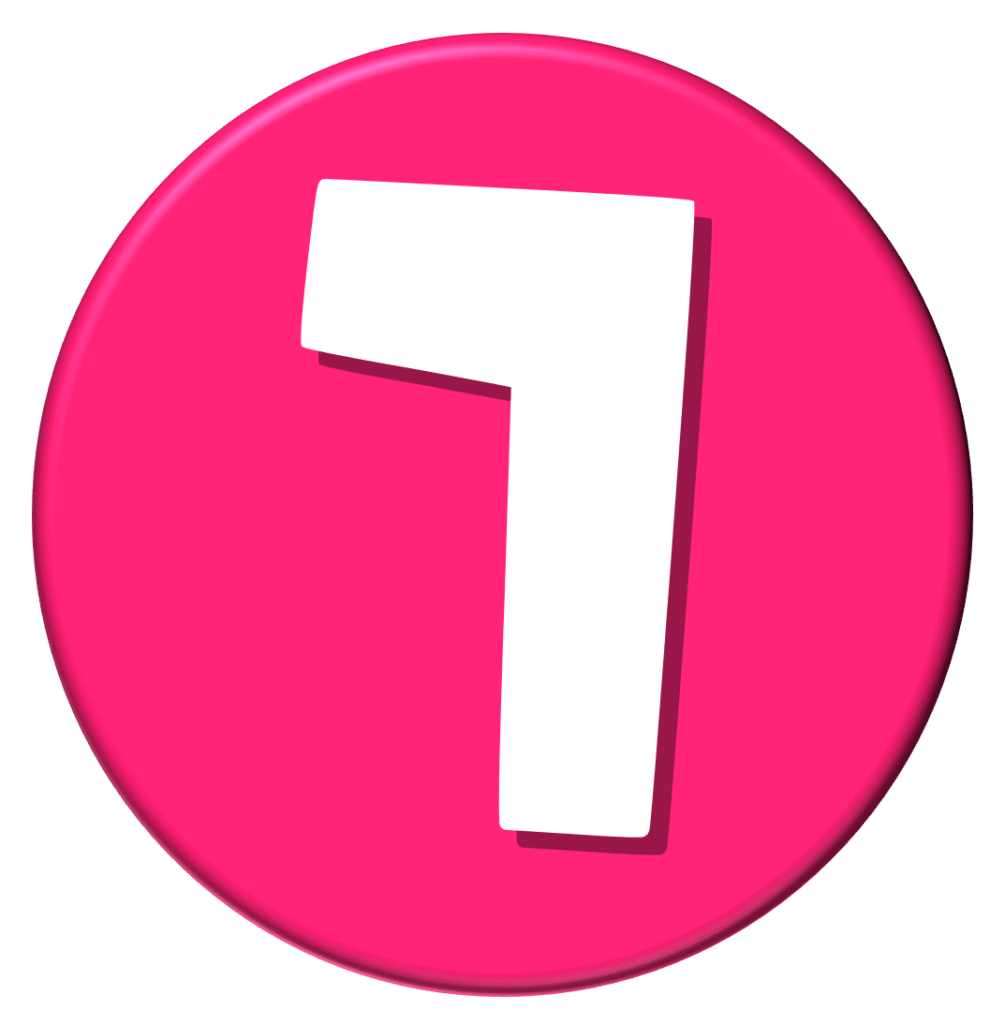
Teach and Review Classroom Rules and Expectations
If there are questions about where to sit on the floor for partner reading, the classroom rules and expectations have not been explicitly taught by the reading teacher. Make sure students know where to go, what to do, when to do it, where to get materials, who they can go to for help, etc. Learn how to,
Try to keep your classroom rules and expectations consistent like:
- Who should they talk to if there is a problem or they don’t understand directions on their seatwork literacy activities?
- Does the reading teacher have an expert that students can go to, or do they tend to interrupt you?
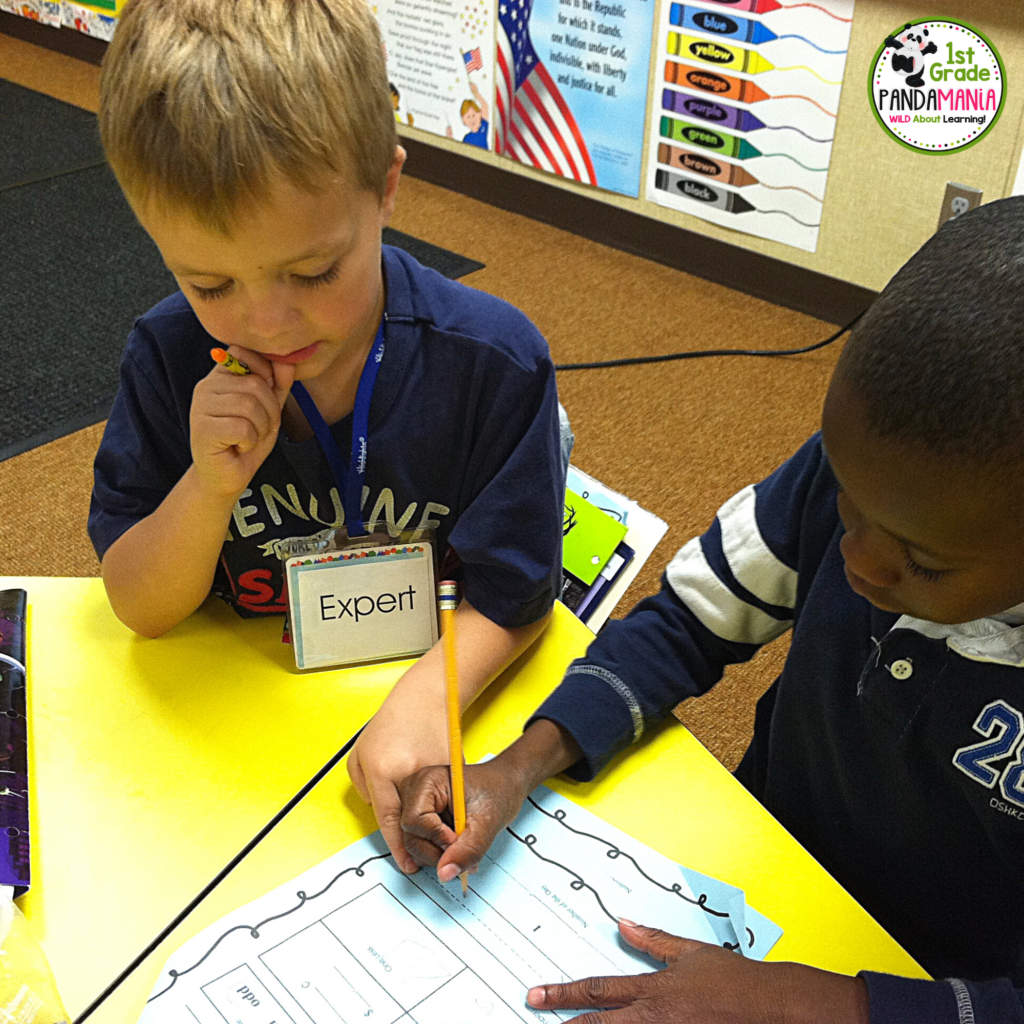
- How do you want them to sit at your reading table or at their seats while teaching literacy?
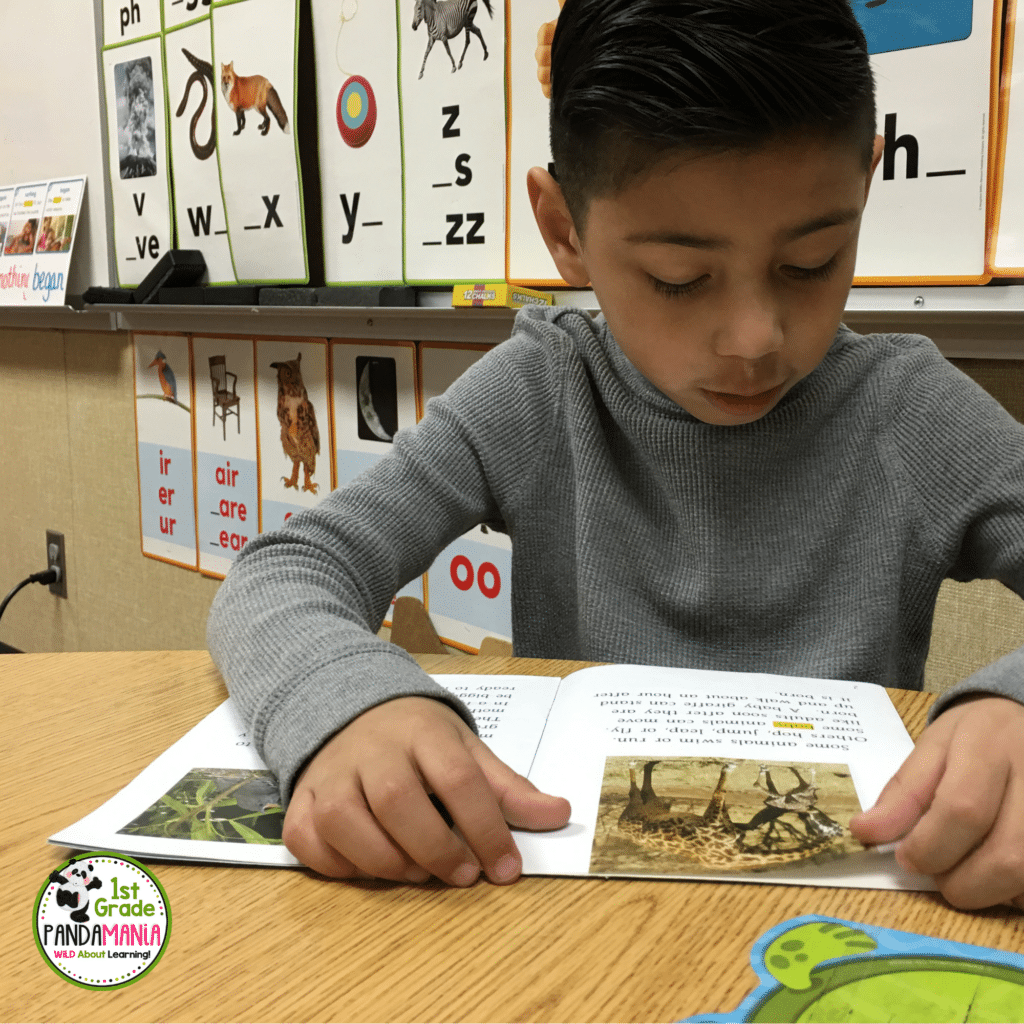
- Who reads first? What does the partner do when the reader is reading?
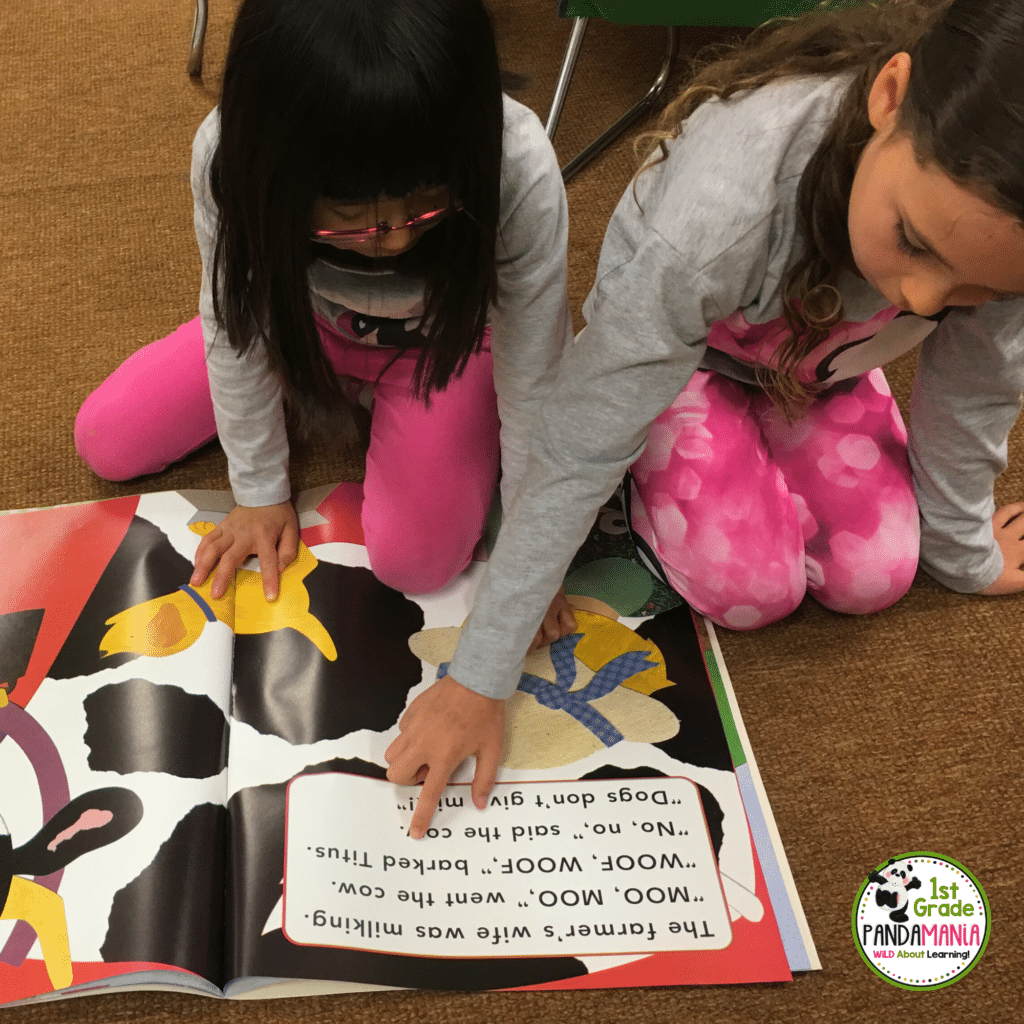
- What should the baskets look like when it is time to clean up?
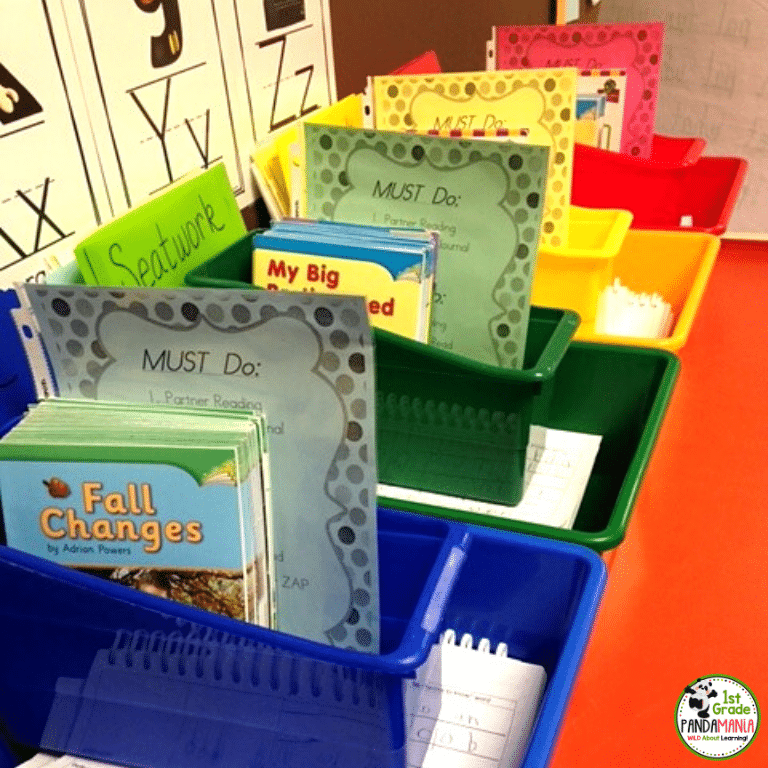
Now I love teaching small reading groups more than ever!
Students love it too! They know their goals, my classroom rules and expectations, and our routines. Is my reading instruction perfect every day? No. But it’s MUCH better! I hope these help you as much as they have me.
please comment below with any questions or ideas!
Thanks for stopping by!
-
Product on saleHMH Into Reading Sight Words and Spelling Homework 1st Grade 2020Original price was: $4.00.$2.00Current price is: $2.00.
-
Product on saleChristmas Activities for the Classroom BIG Bundle (1st and 2nd Grades)Original price was: $18.45.$12.91Current price is: $12.91.
-
Product on saleHMH Into Reading Spelling, Sight Words, Vocabulary BUNDLEOriginal price was: $62.20.$49.95Current price is: $49.95.
-
Product on saleHMH Into Reading Challenge and Regular Spelling Lists BUNDLE 1st Gr. 2020Original price was: $7.00.$5.60Current price is: $5.60.
-
Product on saleLong Vowel Worksheets Phonics Activities BUNDLEOriginal price was: $17.00.$15.00Current price is: $15.00.
-
Product on saleShort Vowel Worksheets Phonics Activities BUNDLEOriginal price was: $24.00.$19.95Current price is: $19.95.
-
Product on saleFluency and Comprehension Passages with Long and Short Vowels BUNDLEOriginal price was: $9.00.$7.50Current price is: $7.50.
-
Product on saleGuided Reading Lesson Plan Template and Resources K-2 Fillable FormsOriginal price was: $30.00.$10.95Current price is: $10.95.

